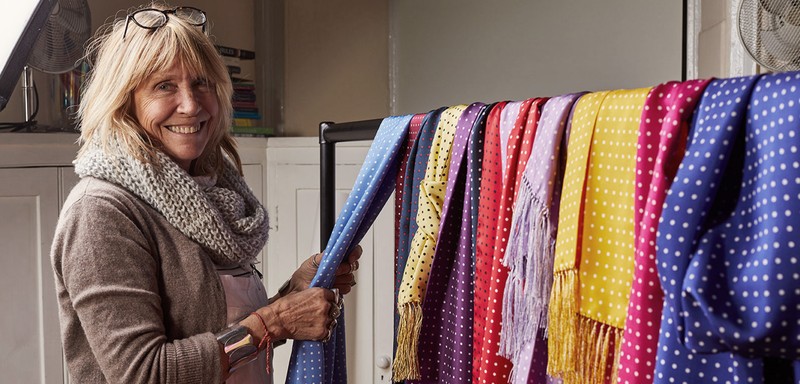
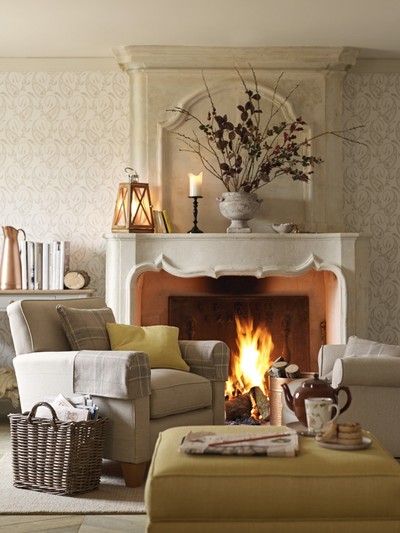
Meet The Interior Designer: Fanny Ward
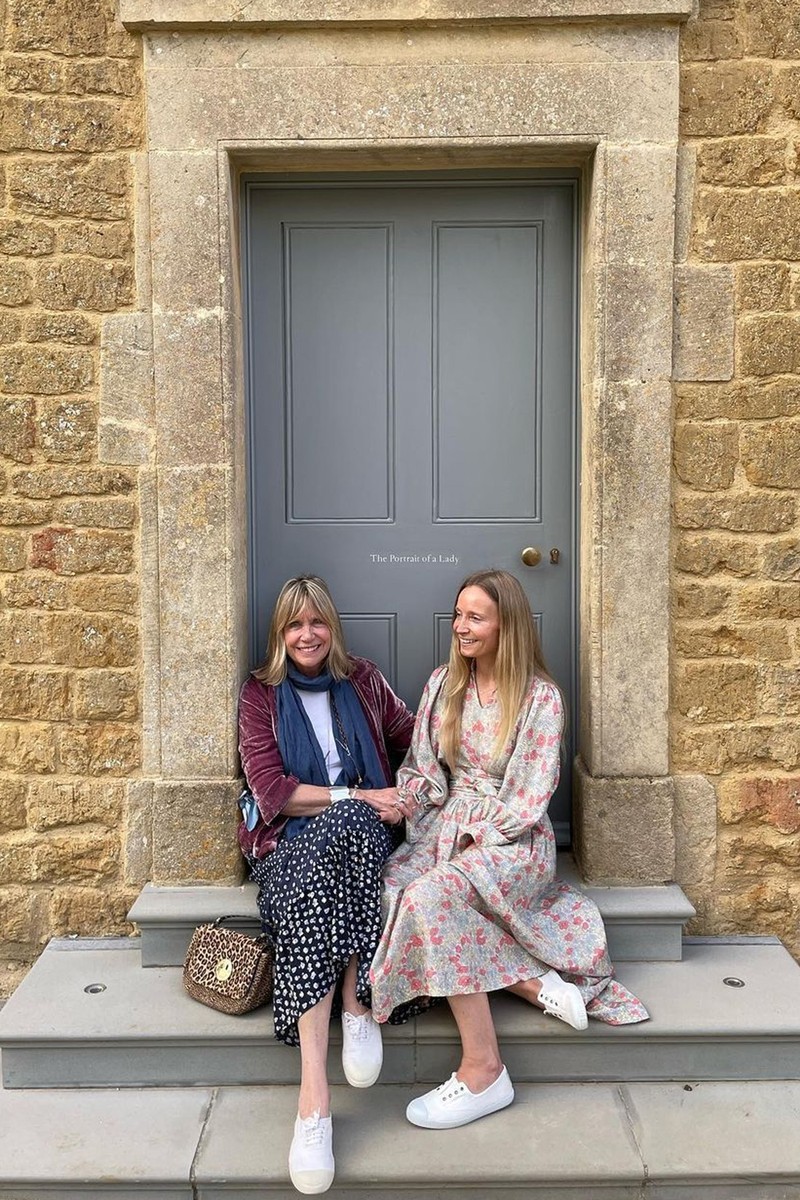
My introduction to the design world was absolute serendipity. After my marriage broke down, I worked at The Dining Room Shop in White Hart Lane in Barnes. It was owned by Kate Dyson and was one of those go-to shops that everybody knew – we were next door to Tobias & The Angel. I was hopeless at selling things – I'm dyslexic for a start – but I loved doing the windows and I was also busy decorating the house that I'm in now (and have been for 35 years) with lots of fabric from Brixton Market.
One day, Eve Pollard, the editor of the Sunday Express, rang Kate. She was looking to feature a country-style house in London and Kate told her to come and look at mine because it fit the brief. After she agreed to run the feature on me, she then asked me to do some pieces on interiors, too. It was through that that I met the most wonderful photographers – Fritz von der Schulenberg and Simon Upton, for example. I was able to build a really good portfolio, which got me my first magazine job with Dulux paint.
My role at Dulux was to promote whatever colour they were trying to promote at the time. Then, of course, I had to hire pieces from prop houses and I was very much learning on the job – which is the only way to learn anything, really. Sometimes, if you learn to do something at school, you never get out of that groove. To be a good interior designer or stylist, you have to have an eye – and that can’t be taught – and I suppose I’m lucky enough to have it. I credit my mother for it as, growing up, our house was full of interesting pieces and she was very good with her hands and at inventing things.
Over the years I was lucky to work with lots of lovely clients. They came from all sorts of walks of life. I suppose one that really shifted my career forwards was Volga Linen, and all the work I did with Theresa Tollemache. We worked in some wonderful places, and I used to do all the exhibition stands for her at places like Decorex. She had a great friend who said she wanted me to decorate her house – a big estate property in Scotland – and that really pushed me into interior design full time.
After that, other high-profile clients came knocking. The television presenter Jim Davidson was one of them. He had a lovely house and said he wanted it to be like a casbah – it was fabulous. I went to Chelsea Harbour and found all of these amazing Arabic fabrics. We bought dining room chairs with high backs and I covered the fronts with one fabric and the backs in another fabric and piped them in another fabric; and we had masses of cushions with tassels on the floor. We also created all these wonderful MDF mouldings on the windows so it looked like the inside of a Moroccan casbah. He absolutely loved it. It cost a fortune – but he always paid me on time. When he moved to Spain, he pretty much took everything we’d worked on together with him.
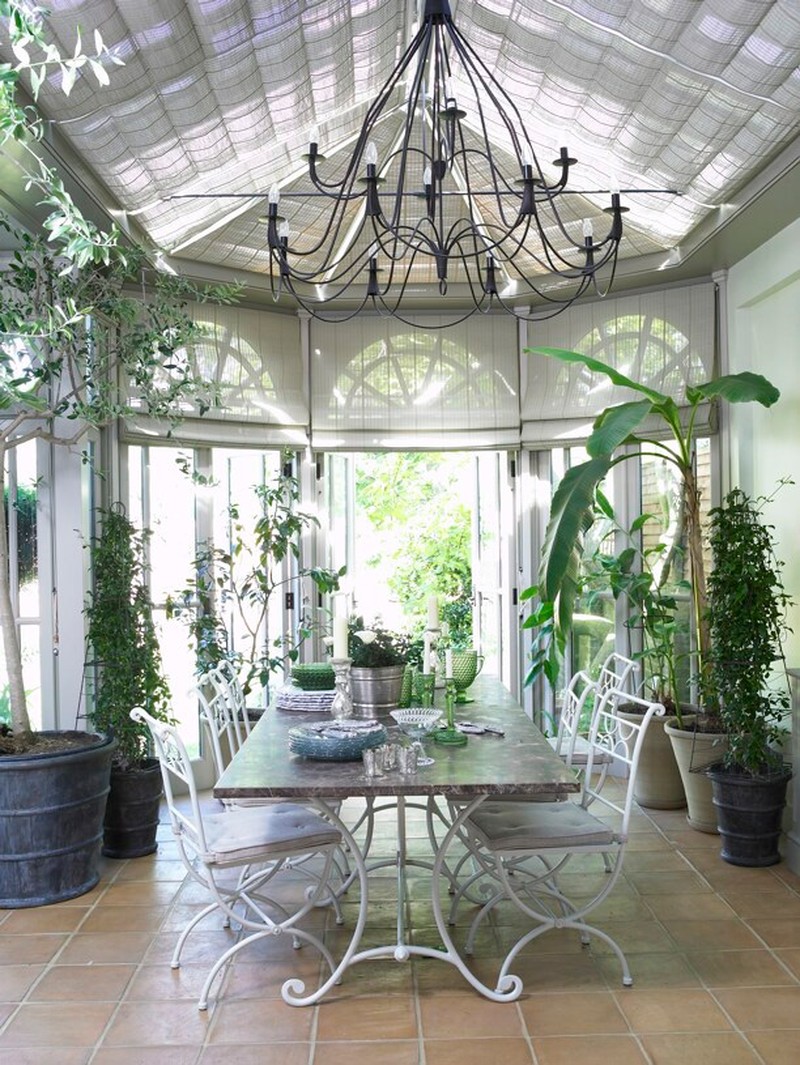
One design feature I'm absolutely passionate about is light. I always tried to put light in between two rooms by installing a window – the Georgians always did that. It's called ‘borrowed light’ because the houses back then were so dark. They always wanted to be able to see right through from one end of the house to the other. It's quite a nice trick actually, and pretty unusual nowadays. For me, light is the most important thing in a space because it lifts the soul.
My colour palette usually reflects the location of the project I’m working on. For instance, the Scottish ones incorporate a lot of the yellow found in the lichen and the hundreds of different greens in the trees, as well as the silvery grey of the silver birches. You don’t want anything to clash with a country setting – you want to bring the outside in as much as possible and one of the easiest ways to do that is with textures: tweeds, chintz, little prints… it just depends where I am and what we’re doing.
The worst thing you can ever have in any house, any room, is an overhead light. Lighting should only ever be on a level, coming from the ground or on a table next to you. The only exceptions are bathrooms or in kitchens over the work surfaces. And, I suppose, a beautiful chandelier – but I’d always tell people to hang these low. Don’t hang your artwork too low though; that should always be at eye level. Finally, don't stick your sofas or your chairs right next to the wall. Bring them away from the wall a little bit – otherwise it’ll look like a doctor's waiting room.
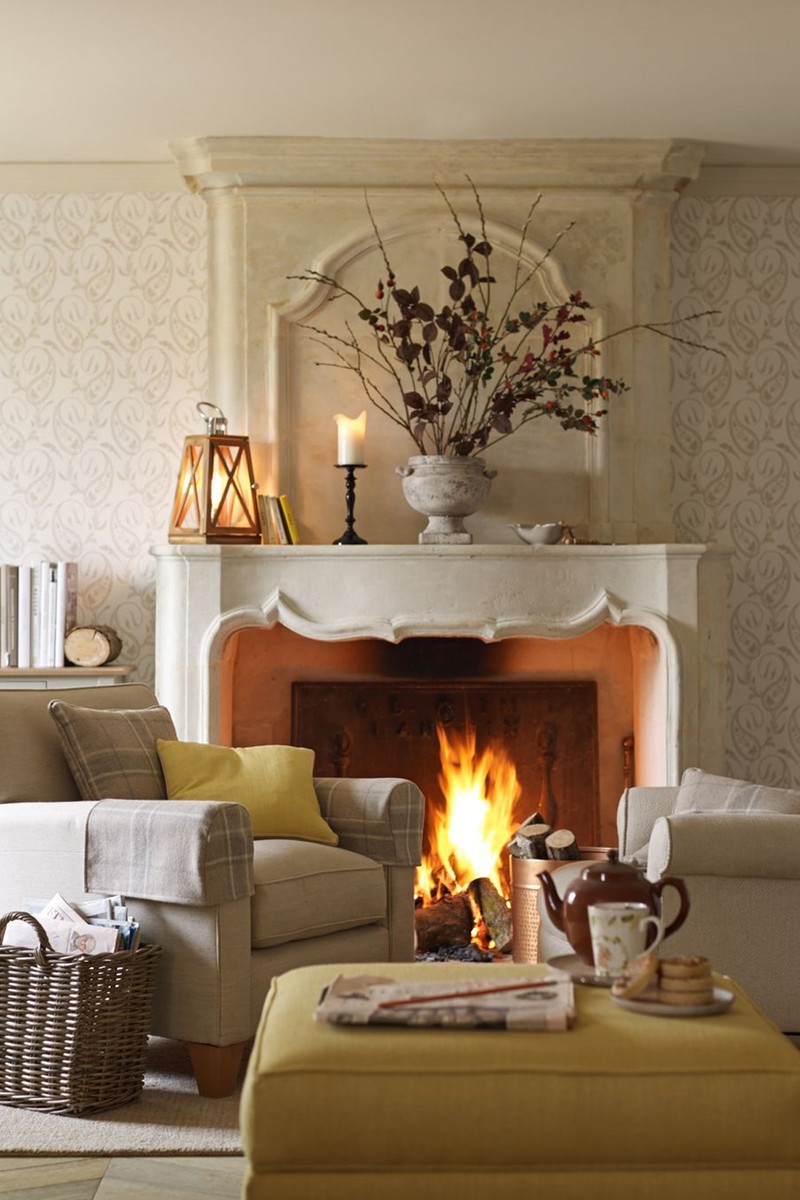

I do have some incredibly expensive tastes, but I also work on very small budgets. Ikea has got some wonderful bits and so does Dunelm – I worship at the altar of Dunelm (the wallpaper collection is particularly good for the price, as are the glass, china and cushion collections). If you want to transform a space without investing much money, it’s the easiest thing to paint a clunky old sideboard or another piece of furniture to give it a new lease of life – in Scotland, a lot of my client have lots of old bedsteads and funny chests of drawers, which you can spray black or any other colour to make them look more modern.
If budget is no object, Howe London is my go-to – it’s wonderful for furnishings. I also go to Love Your Home for sofas and armchairs – they are just gorgeous. George Smith is another step up, too. If you’re not sure what you’re looking for, I still believe Heal’s has one of the best mixes of classic and contemporary furniture and for paint, it has to be Little Greene. I also really rate Annie Sloan’s Chalk Paint. She’s so clever and a real pioneer in our industry. For wallpapers, I love Lewis & Wood and Nina Campbell, of course. She’s great at making the classics feel contemporary.
You should never change the DNA of a building. It’s really hard to replace some things once they’re removed – and in this new age of sustainability, it’s much more important to look at what we can preserve rather than get rid of. A house should have a personality – and it has to evolve and grow with the people who live there. Character is so crucial and, if you can afford to make investments in the furnishings to help bring that character to life, you should. It’s like clothes – buy quality things that are made to last if you can.
/https%3A%2F%2Fsheerluxe.com%2Fsites%2Fsheerluxe%2Ffiles%2Farticles%2F2023%2F02%2Ffanny-ward-image-5.jpg?itok=v7PTv54Q)
Over the years, I’ve worked on hotels, yachts – but homes are what I enjoy designing most. Right now, I'm doing a three barn conversion in Scotland and I love the challenge of working on something from the ground up – including all the electrics and all the plumbing. I draw everything out myself (to scale but with a rather makeshift ruler) because it’s the only way I can feel like I’m in the space when I’m not. It sounds a bit mad, but it works.
People often ask what drives me and I’m lucky to say it’s because I love what I do. If I didn’t work, I’m not sure what I’d do. I love my children and grandchildren, but I come across so many interesting people through my projects. It’s so engaging to meet people from all walks of life and hear their stories. I never let work take over my life altogether, though. I’m lucky to have a little cottage at the bottom of the garden that I can run away to and concentrate, and I also added a room onto the house when my mother came to live with me – so I escape up there when it's a bit too noisy.
I like being busy, but I do take time out. I go down to stay with my sister in France or I go out with my girlfriends – we also go on holidays and breaks together. Of course, I no longer working until midnight every night like used to – as you get older, you learn how to say no a bit more. 6pm is the end of the working day and weekends are weekends – for the most part.
If you’re passionate about interiors, I highly recommend going to work for someone else. That might be another designer or in a shop somewhere – anywhere you can be creative and be surrounded by creativity. Equally, maybe you’re more of a maker and want to start making cushions or curtains at home. Just don't be afraid to go out there and do what you want to do.
Find your tribe. When I was first married with children, I was so lonely. I went to the family clinic when my daughter was about six months old and I looked at all the people sitting there, saw a very nice looking woman, and said, “I hope you don't mind me saying, but I don't know anybody.” She said, “Oh, come and have a cup of coffee.” At that point, my whole life changed. But it proves you have to be brave – the worst that can happen is that people say no. And then you try again until you find someone who says yes.
For more information visit FannyWard.com.
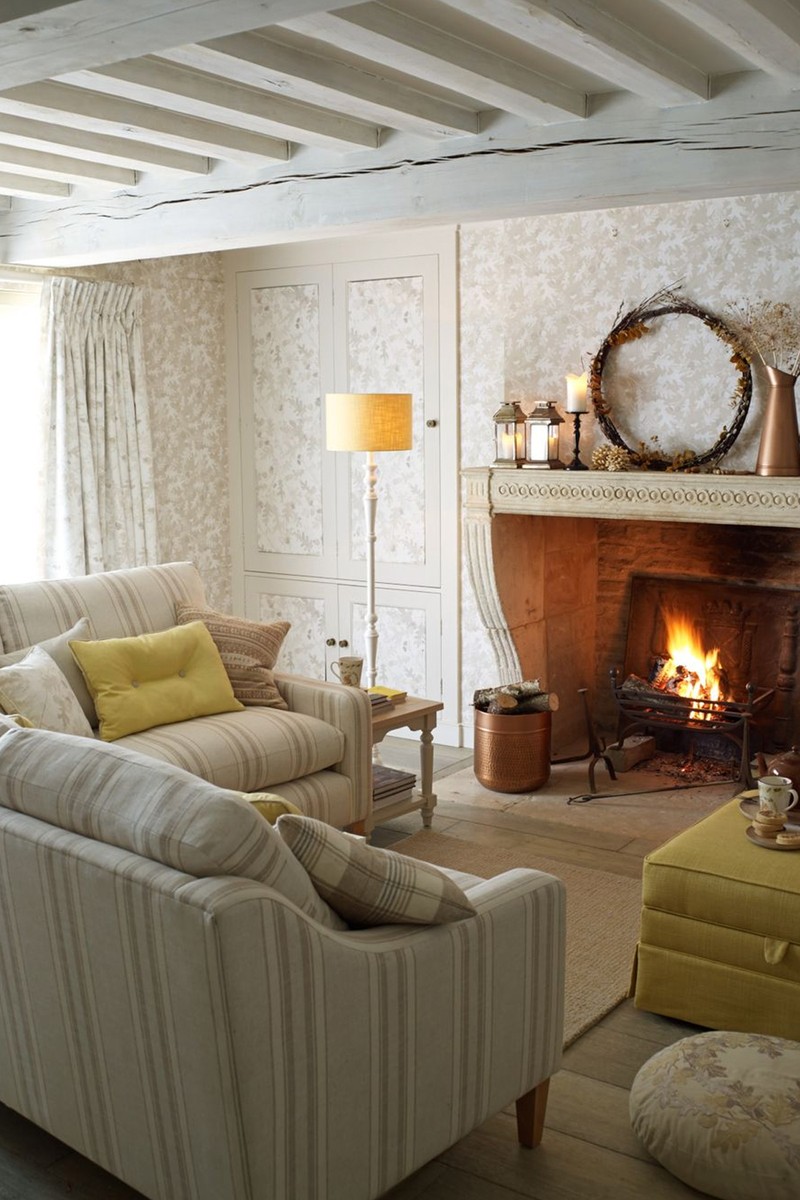
DISCLAIMER: We endeavour to always credit the correct original source of every image we use. If you think a credit may be incorrect, please contact us at info@sheerluxe.com.

